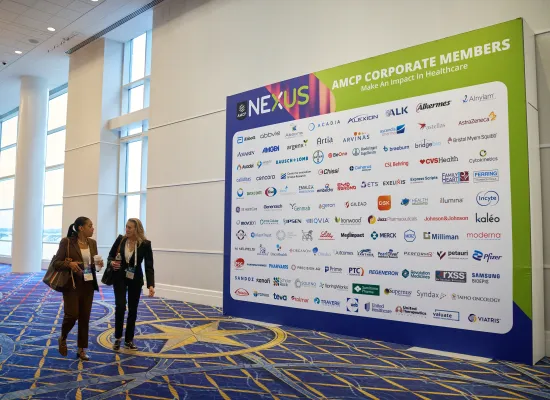
Highlighting the Value of Managed Care Tools
Those of us in managed care pharmacy are accustomed to hearing criticism from our health care colleagues and others about the tools and processes used to manage pharmacy benefits. I can recount numerous conversations, even with members of Congress and their staffers, about doctors “being on hold with the insurance company over an hour” to get approval for a prescribed medication. What is seldom talked about outside managed care circles, however, is the rationale for using measures such as formulary and utilization management processes: To ensure the therapy our patients receive is safe, appropriate, and cost-effective.
An article in the August issue of Health Affairs took this familiar criticism a step further by purporting to quantify the economic impact of drug utilization management. The authors, two from a pharmaceutical company and one from the University of California Berkley, suggest that “all stakeholders in the U.S. pharmaceutical system would benefit from a de-escalation of utilization management, combining lower drug prices with lower barriers to patient access.” To support their argument, the authors attempted to quantify costs related to utilization management by evaluating costs incurred by payers, manufacturers, physicians, and patients.
Initially, it’s hard to argue with the ideas of lower drug prices and lower barriers to patient access. After all, these are goals for which we all strive. But the authors’ methodology omits critical context and draws some misleading conclusions.
For example, the authors fail to recognize how managed care tools positively contribute to clinically appropriate and value-based health care delivery. For their argument, the authors cite non-peer reviewed sources, such as journalistic articles and industry reports, that may not fully disclose how figures were determined.
Further, the article conflates cost-sharing with utilization management. There is no discussion in the article of implications absent cost-sharing, such as increased premiums. In calculating their total, the authors included expenses such as manufacturers’ cost for using hub services to “navigate utilization management” ($5 billion), $26.7 billion that was attributed to physician costs for interacting with payers on prior authorization, and a whopping $35.8 billion spent by patients on branded drugs after using manufacturer copay assistance programs.
AMCP responded in a letter to the editor of Health Affairs stressing that managed care tools work to address the misalignment between drug prices and clinical value. Our response supported the need for value-based pricing as we continue to drive our health care system toward payment that is based on value.
AMCP is committed to its members who work tirelessly to optimize health care value and access. Therefore, we will continue to address misperceptions, such as those presented in this article, that diminish the high standards and benefits of managed care pharmacy. Thank you for all you do.
Featured News & Resources
See Full CalendarAI Pre-Conference Program
AMCP Southwest Day of Education
Upcoming Events
AMCP offers a wide variety of educational opportunities, from events and webinars to online training.







